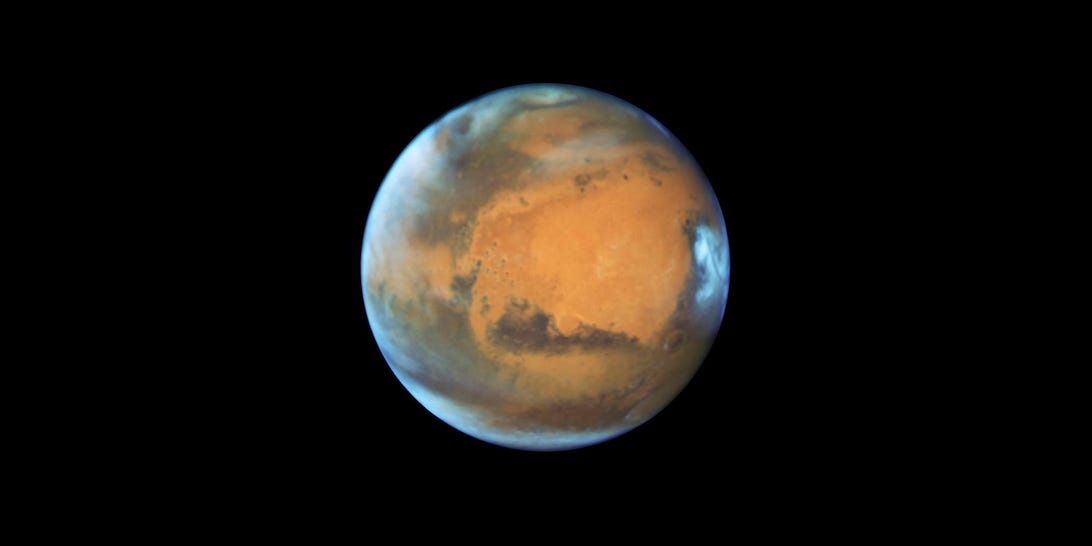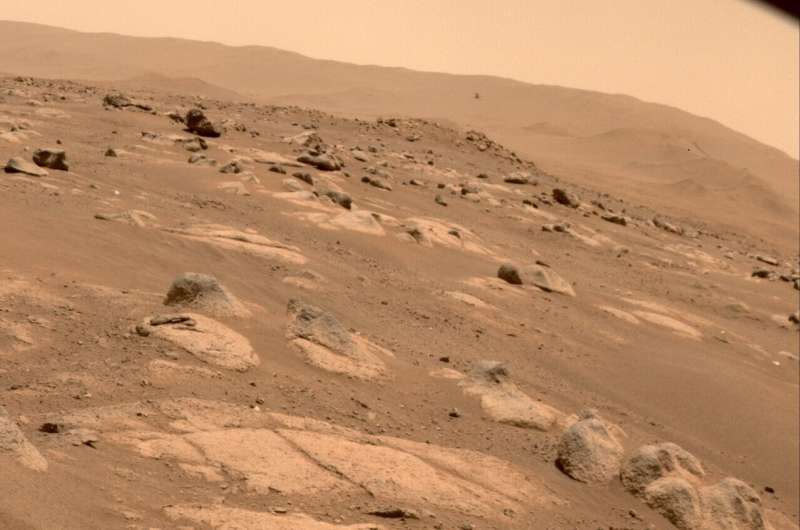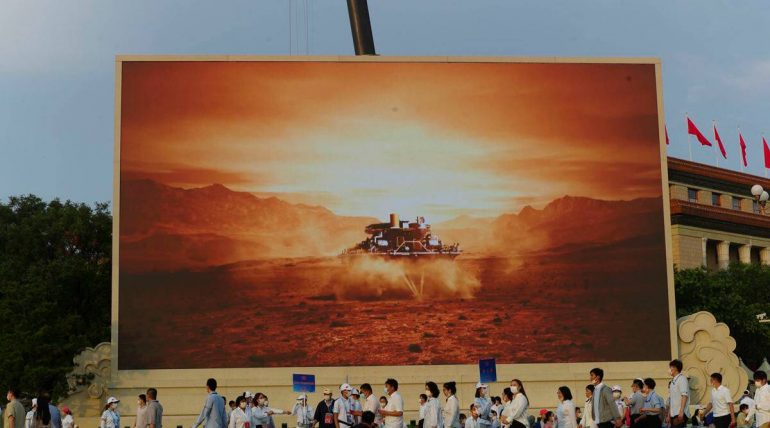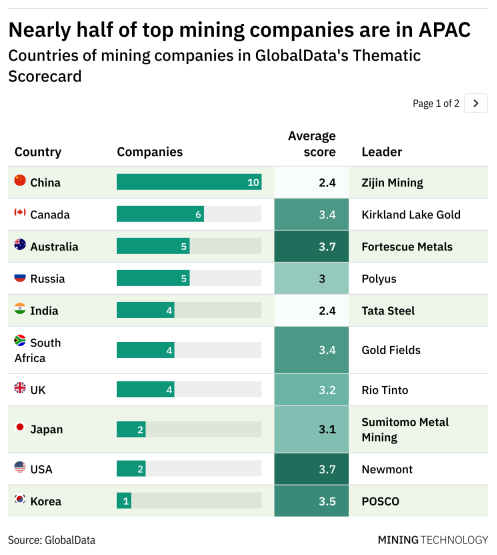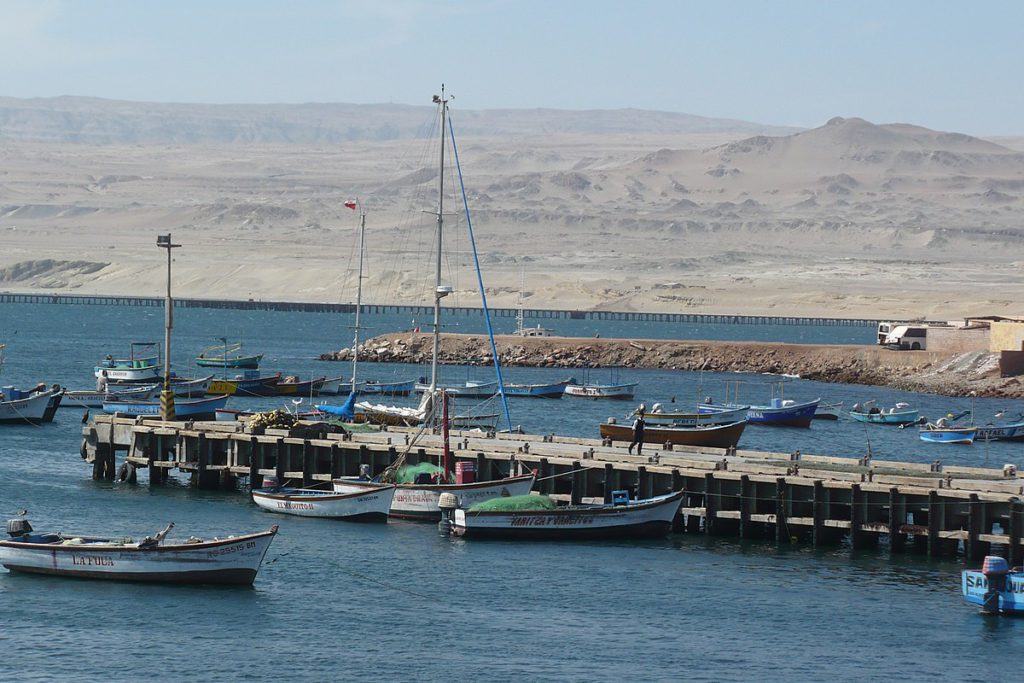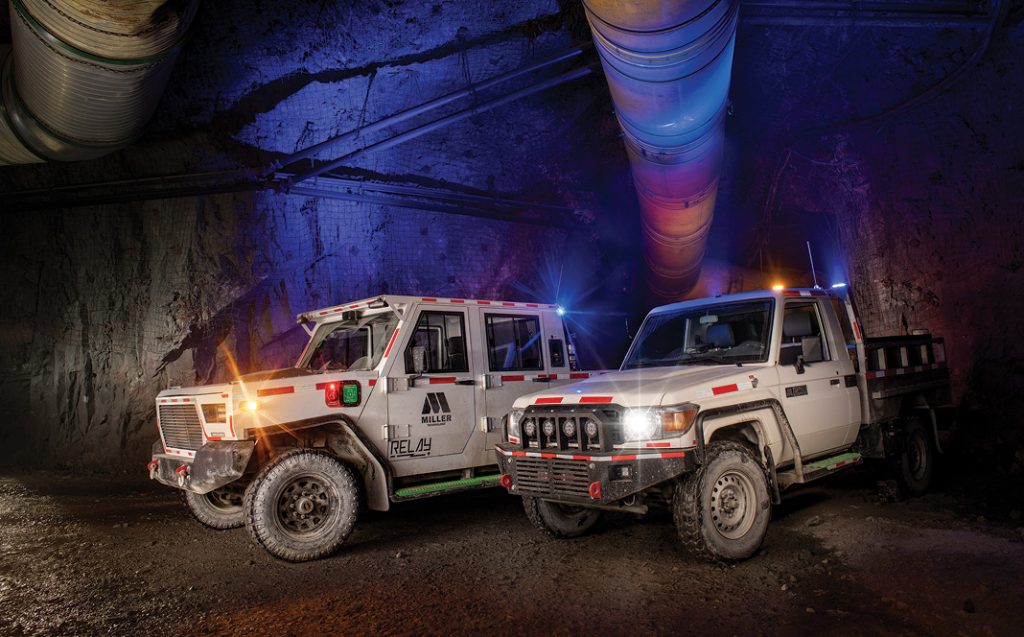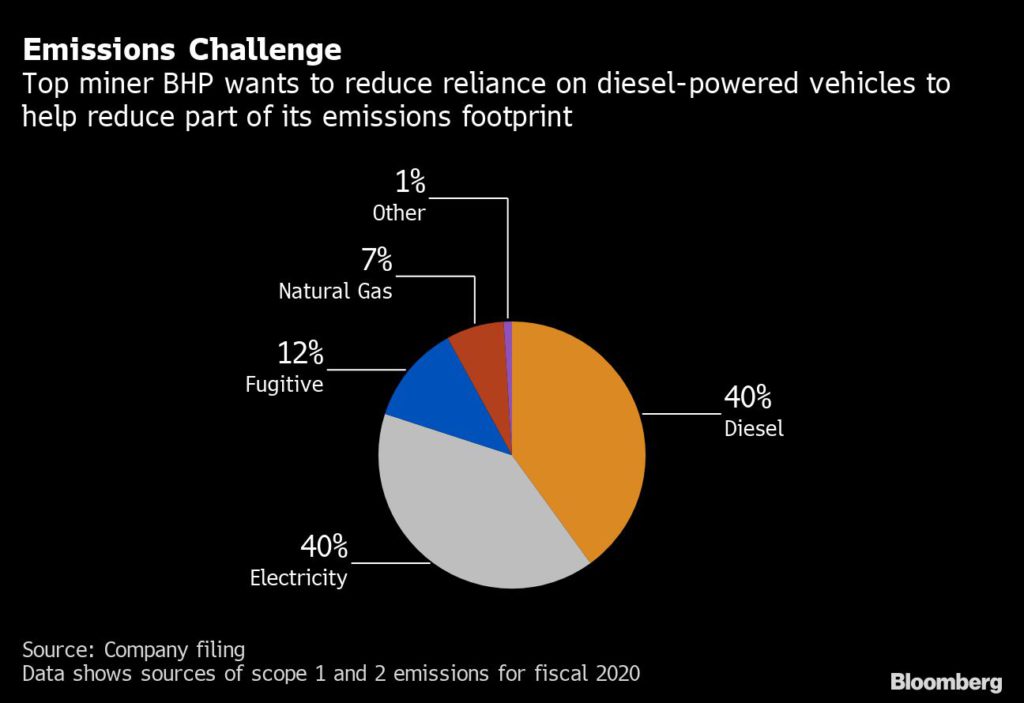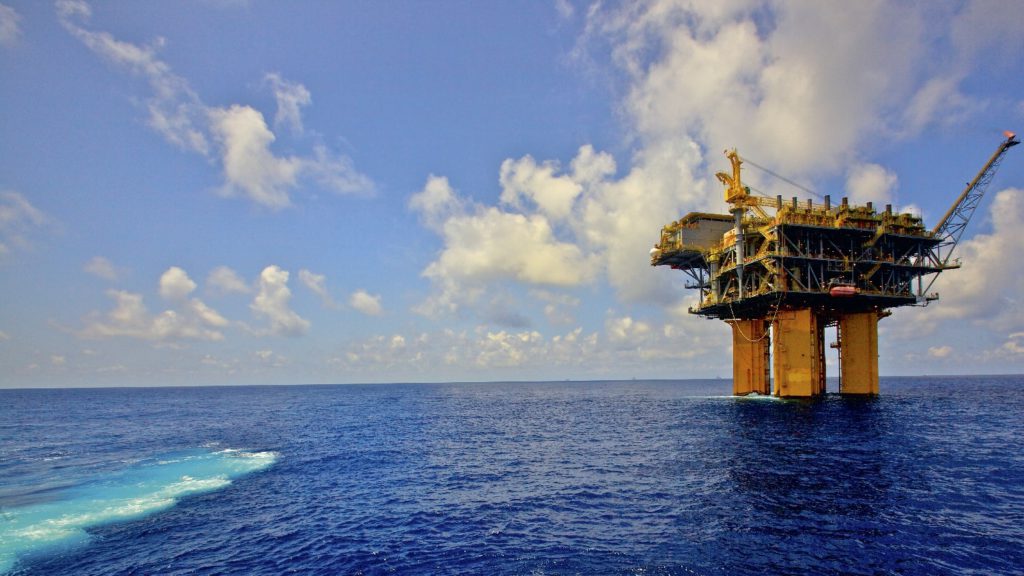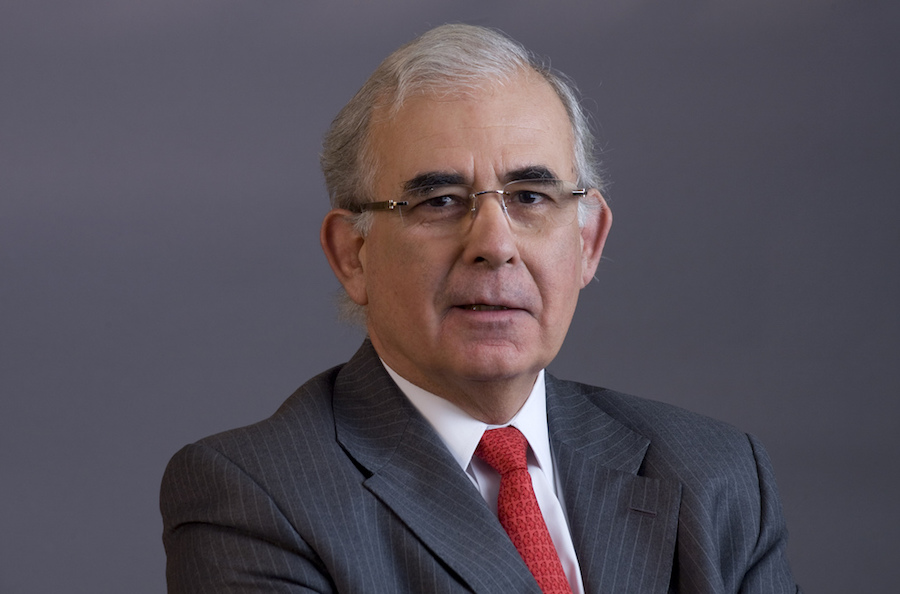Bonkers company plots space station to rival ISS as ‘outpost for civilian astronauts’
Harry Pettit,
26 Aug 2021
A MYSTERY space fan is plotting to build a private, orbiting outpost that can house civilians for prolonged stays in space.
According to SpaceNews, part of the station will be built by Collins Aerospace, a subsidiary of US military contractor Raytheon Technologies.
Collins announced this week that it had been awarded a $2.6million contract by an undisclosed customer.
It said it will work on environmental control and life support technologies for a "privately owned and operated low Earth orbit outpost".
The nature of that outpost, and who awarded the contract, remains a mystery.
SpaceNews reports that the contract involves producing machines capable of controlling both temperature and pressure levels in space.
The machines would be capable of supporting a prolonged stay in low-Earth orbit, much like astronauts aboard the International Space Station.
Collins has previously developed and manufactured life support technologies for Nasa. It built the ISS's current water recovery system.
"A new era of commercial spaceflight is creating the need for Earth-like atmospheres at low orbit destinations," Collins' Dave McClure said.
"This award underscores Collins’ commitment to working with both the private and public sectors on providing the foundation for commercial space travelers to eventually live, work, and play in space."
It's unclear when the orbiting outpost might be completed.
Speaking to Space News, Shawn Macleod, Collins’ director of business development, said the mission’s timeline would be driven by the customer.
However, he said that "typically hardware can be deployed within a few years.”
The race to build the first space hotel is heating up.
At the forefront is Axiom Space, a Houston-based, privately funded company planning to construct its own commercial space station.
The firm has hired a SpaceX Crew Dragon spacecraft to carry three paying customers and a former astronaut to the ISS next year.
Virgin Galactic, the space tourism firm funded by Richard Branson, has also publicly mooted plans to build a space hotel.
Here’s why NASA may depend on outside companies for its next space outpost
Over the last couple of years, NASA has increasingly relied on outside companies to complete tasks that have traditionally been reserved for the government agency.
Under its Commercial Resupply Services program, NASA has contracts with SpaceX and Northrop Grumman to send cargo resupply missions to the International Space Station. Last year, SpaceX made history by becoming the first private sector company to carry NASA astronauts to the ISS under NASA’s Commercial Crew Program. NASA is now hoping to replicate the success of its commercial crew and commercial cargo programs with the Commercial LEO Destinations project.
As part of the project, NASA plans to award up to $400 million in total to as many as four companies to begin development of private space stations. Covering part of the developmental costs of the station would be a big money saver for NASA. The ISS cost $150 billion to build, and the U.S. picked up the largest chunk of that bill ahead of its partners, Russia, Europe, Japan and Canada. NASA also spends about $4 billion a year to operate the ISS.
“We’ve had all these years of success on the ISS, and NASA now wants to put our eye toward moon and Mars and other exploration items and turn over this area of space to the commercial market,” says Angela Hart, manager of the Commercial Low Earth Orbit Program Office at NASA.
A number of companies, including Colorado-based Sierra Space and Houston-based Axiom Space, are already well on their way to launching private space stations.
Watch the video to find out more





